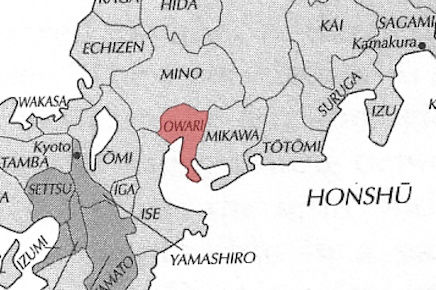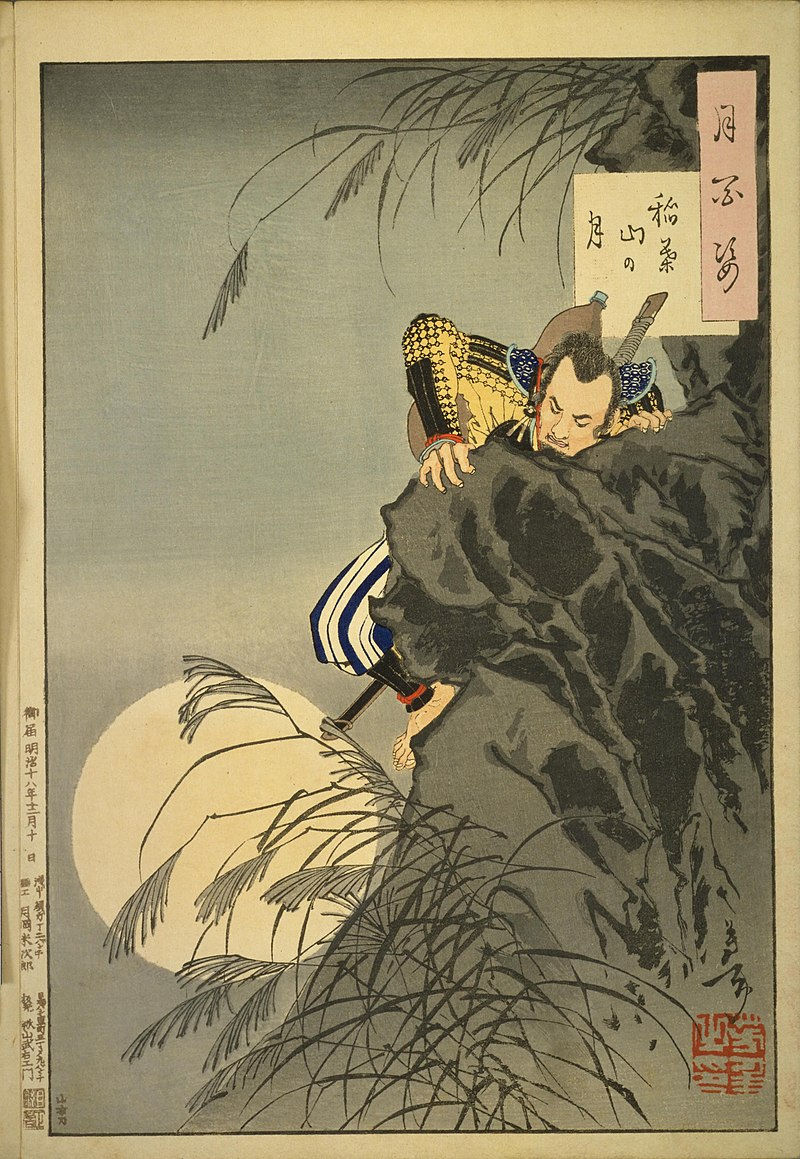Oda Clan
- 2304583d
- Aug 9, 2024
- 2 min read

The Oda clan (織田氏) or Oda-shi, was a powerful samurai family that rose to prominence during Japan's Sengoku period (1467-1603). The clan is most famous for its role in the unification of Japan, led by Oda Nobunaga, one of Japan’s most notable historical figures.
Origins and Early History
Early Beginnings: The Oda clan originated from the province of Owari (present-day Aichi Prefecture) and was initially a relatively minor samurai family. They served as vassals to the more powerful Shiba clan, who were the shugo (military governors) of Owari under the Ashikaga shogunate.
Rise to Power: The Oda clan's rise began in the early 16th century when Oda Nobuhide, the father of Oda Nobunaga, expanded the clan's influence within Owari Province. Nobuhide secured the clan’s position through strategic alliances and military engagements.
Oda Nobunaga and the Unification of Japan
Oda Nobunaga (1534-1582): Oda Nobunaga is the most famous member of the Oda clan. He is often credited with laying the groundwork for the unification of Japan during the tumultuous Sengoku period. Nobunaga was known for his ruthless military tactics, innovative use of firearms, and strategic acumen.
Key Battles and Achievements:
Battle of Okehazama (1560): Nobunaga achieved a significant victory against the much larger army of Imagawa Yoshimoto, solidifying his control over Owari Province.
Consolidation of Power: Over the next two decades, Nobunaga conquered much of central Japan, defeating rival daimyo and reducing the power of the Buddhist monasteries that opposed him, particularly the warrior monks of Mount Hiei.
Kyoto and the Azuchi Castle: Nobunaga entered Kyoto in 1568, signaling his dominance over the fragmented political landscape. He later built Azuchi Castle on the shores of Lake Biwa, which served as a symbol of his power and a political center.
Death and Legacy: Nobunaga’s ambition to unify Japan was cut short when he was betrayed and forced to commit seppuku (ritual suicide) by one of his own generals, Akechi Mitsuhide, in 1582 during the Incident at Honnō-ji. Despite his death, Nobunaga's efforts were continued by his successors, Toyotomi Hideyoshi and Tokugawa Ieyasu, who completed the unification of Japan.
Decline of the Oda Clan
Post-Nobunaga Era: After Nobunaga's death, the Oda clan’s influence waned. Although Nobunaga's son, Oda Nobukatsu, attempted to maintain the family's power, he was eventually defeated by Toyotomi Hideyoshi.
The Clan’s Dissolution: The Oda clan continued to exist but never regained the power it held under Nobunaga. The remaining members of the clan were absorbed into other powerful samurai families or served as minor daimyo under the Tokugawa shogunate.
Cultural Impact
Military and Political Reforms: Nobunaga introduced several military and political reforms, including the promotion of merit-based advancement over hereditary status, which had a lasting impact on the samurai class.
Legacy in Popular Culture: The Oda clan, especially Oda Nobunaga, has become a symbol of ambition and innovation in Japanese history, frequently depicted in literature, theater, films, and video games.





Comments